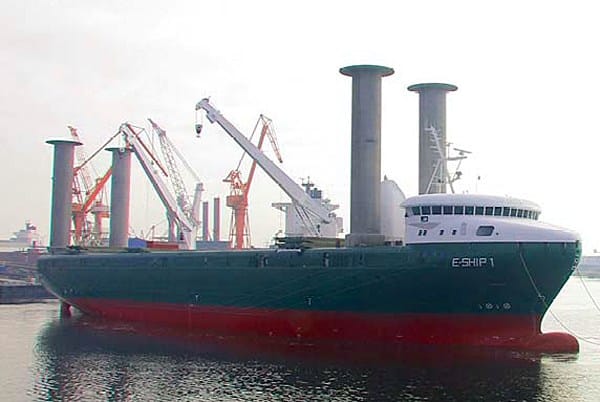It does however lower the odds of a bunker oil price disruption. Additionally ships won't be switching to diesel as a way to lower their sulpher emissions, a development for which truckers should be breathing a sigh of relief.
From Reuters, August 21:
High-sulfur fuel demand outlook jumps as shippers soften stance on scrubbers: FGE
Demand for high sulfur marine fuels is likely to see a smaller drop than previously expected by 2020, said consultancy FGE, as changing attitudes to sulfur-stripping technologies from large shippers alter the outlook for use of the fuels.As we saw in last week's post "Shipping: LNG, LNG, LNG" the scrubbers can cost up to $10 million per vessel, one of the reasons CMA CGM is looking at multiple approaches:
More than 2,100 vessels are now expected to be equipped with exhaust gas cleaning systems, known as scrubbers, by 2020, up from 1,500 ships previously, said Thomas Olney, energy consultant at FGE in Singapore.
Adding to the improved demand outlook is “a much greater skew toward installing scrubbers on larger vessels that burn higher quantities of fuel,” said Olney.
If scrubber adoption continues at current rates over the next 18 months, “and we see further commitments from large shipping operators, the scrubbed (high-sulfur fuel oil) consumption in 2020 can be lifted significantly to above 800,000 barrels per day (bpd),” said FGE.
This is up from FGE’s previous demand estimate of 300,000 to 400,000 bpd, said Olney....MORE
"French container shipping line CMA CGM, the fourth biggest in the world, has said it has ordered nine mega vessels for delivery from 2020 which will be powered by LNG, one of several options it is pursuing."Unlike the scrubbers approach natural gas also reduces carbon dioxide emissions should such reductions become mandated.
I'm still pitching a return to cylindrical wind turbines:
but not getting a lot of enthusiasm from the industry. It might have something to do with 90-year old marketing materials. Maybe update the pics:
That's Enercon's RoLo which finally got completed by Cassens-Werft after the first builder, Lindenau-Werf, went bust.
By comparison here's one of the U.S. Navy's RoRo/RoLo's with the cargo indeed rolling:

USNS Shughart (originally Laura Maersk) 53688 dwt
A boat that big could handle 8-10 turbines, a nice little order for the traveling cylindrical sail salesman.
